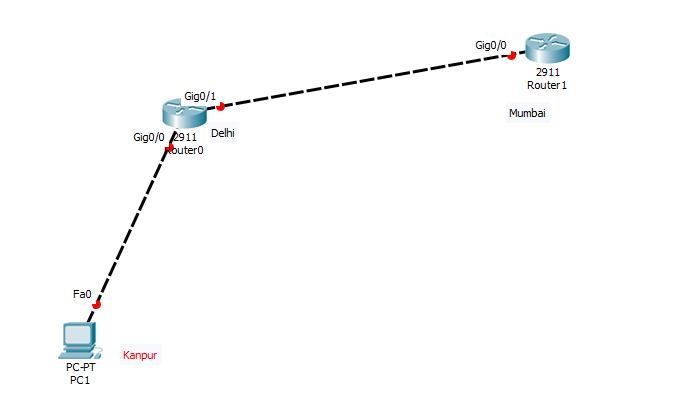
RP/0/ RSP0/CPU0:router# clear access-list ipv6 marketing RP/0/ RSP0/CPU0:router# show access-lists ipv6 marketing In the following example, counters for an access list named marketing are cleared: RP/0/ RSP0/CPU0:router# show access-lists ipv6 marketingġ0 permit ipv6 3333:1:2:3::/64 any (51 matches)Ģ0 permit ipv6 4444:1:2:3::/64 any (26 matches)ģ0 permit ipv6 5555:1:2:3::/64 any (5 matches) (Optional) Specifies a specific sequence number that clears access list counters. The node-id argument is entered in the rack/slot/module notation. (Optional) Clears counters for an access list enabled on a card interface. For more information, use the question mark (?) online help function. (Optional) Specifies an outbound direction. (Optional) Specifies an inbound direction. (Optional) Identifies the access list as an access group for an interface. (Optional) Specific sequence number for a particular access control entry (ACE) with which counters are cleared for an access list.


The name cannot contain a spaces or quotation marks, but can include numbers. RP/0/ RSP0/CPU0:router# clear access-list ipv4 acl_hw_1 hardware egress location 0/2/cp0 RP/0/ RSP0/CPU0:router# show access-lists ipv4 acl_hw_1 hardware egress location 0/2/cp0ġ0 permit icmp 192.168.36.0 0.0.0.255 any In the following example, counters for an access list named acl_hw_1 in the outbound direction are cleared: RP/0/ RSP0/CPU0:router# show access-lists ipv4 acl_hw_1 hardware egress location 0/2/cp0ġ0 permit icmp 192.168.36.0 0.0.0.255 any (251 hw matches)Ģ0 permit ip 172.16.3.0 0.0.255.255 any (29 hw matches) RP/0/ RSP0/CPU0:router# clear access-list ipv4 marketing RP/0/ RSP0/CPU0:router# show access-lists ipv4 marketingģ0 deny tcp host 172.16.0.0 eq bgp host 192.168.202.203 30 (Optional) Clears counters for an access list with a specific sequence number. (Optional) Clears hardware resource counters from the designated node. Use the show interfaces command to see a list of all interfaces currently configured on the router.įor more information about the syntax for the router, use the question mark (?) online help function. (Optional) Clears the interface statistics.

Identifies the access list as an access group for an interface. (Optional) Specific sequence number with which counters are cleared for an access list.

Each ACL includes an action element (permit or deny) and a filter element based on criteria such as source address, destination address, protocol, and protocol-specific parameters.įor detailed information about ACL concepts, configuration tasks, and examples, see the Cisco ASR 9000 Series Aggregation Services Router IP Addresses and Services Configuration Guide.
#How to use telnet in packet tracer software#
This profile can then be referenced by Cisco IOS XR Software software features such as traffic filtering, priority or custom queueing, and dynamic access control. Īn access control list (ACL) consists of one or more access control entries (ACEs) that collectively define the network traffic profile. This chapter describes the Cisco IOS XR software commands used to configure IP Version 4 (IPv4) and IP Version 6 (IPv6) access lists on Cisco ASR 9000 Series Aggregation Services Routers.


 0 kommentar(er)
0 kommentar(er)
